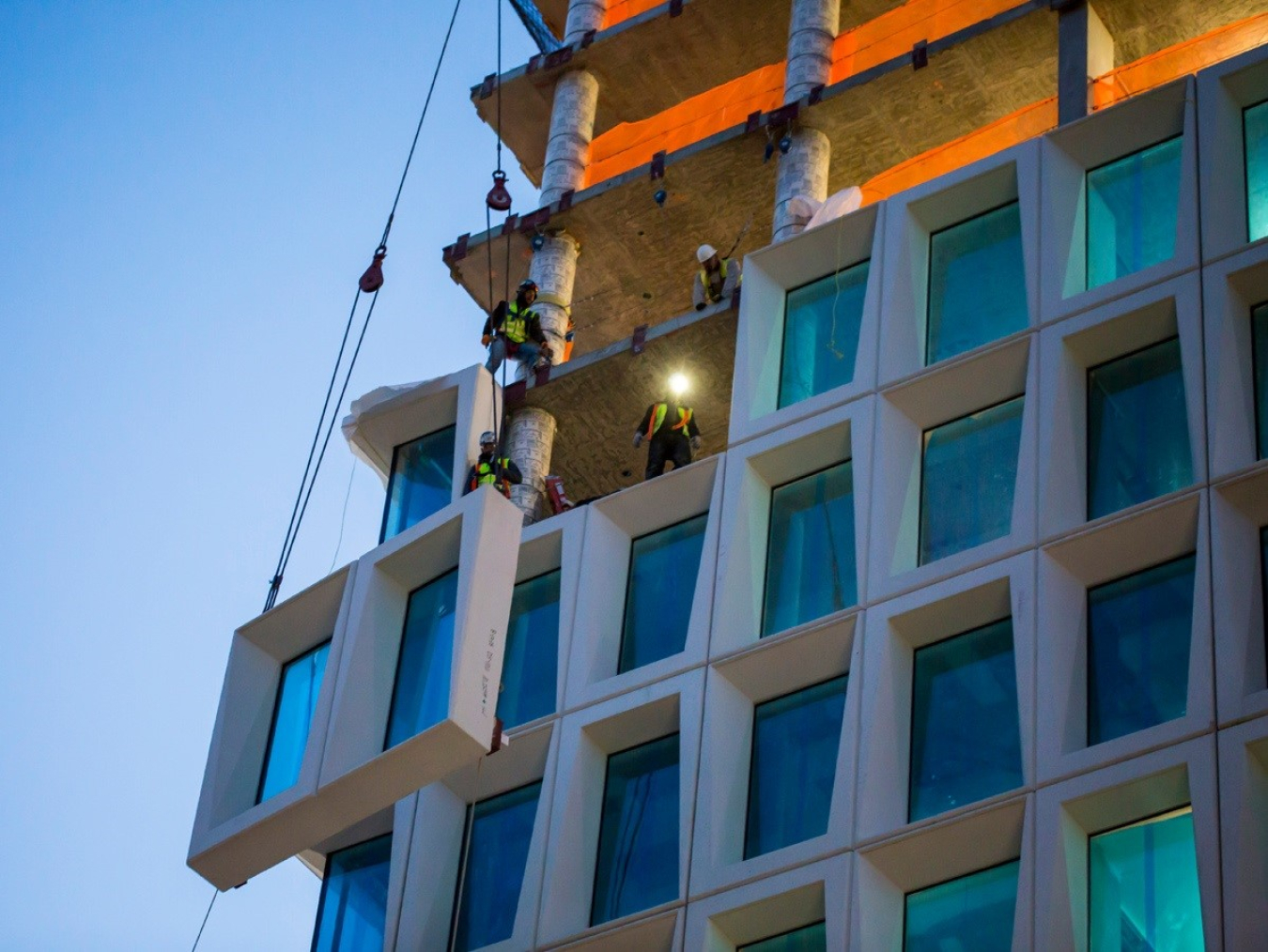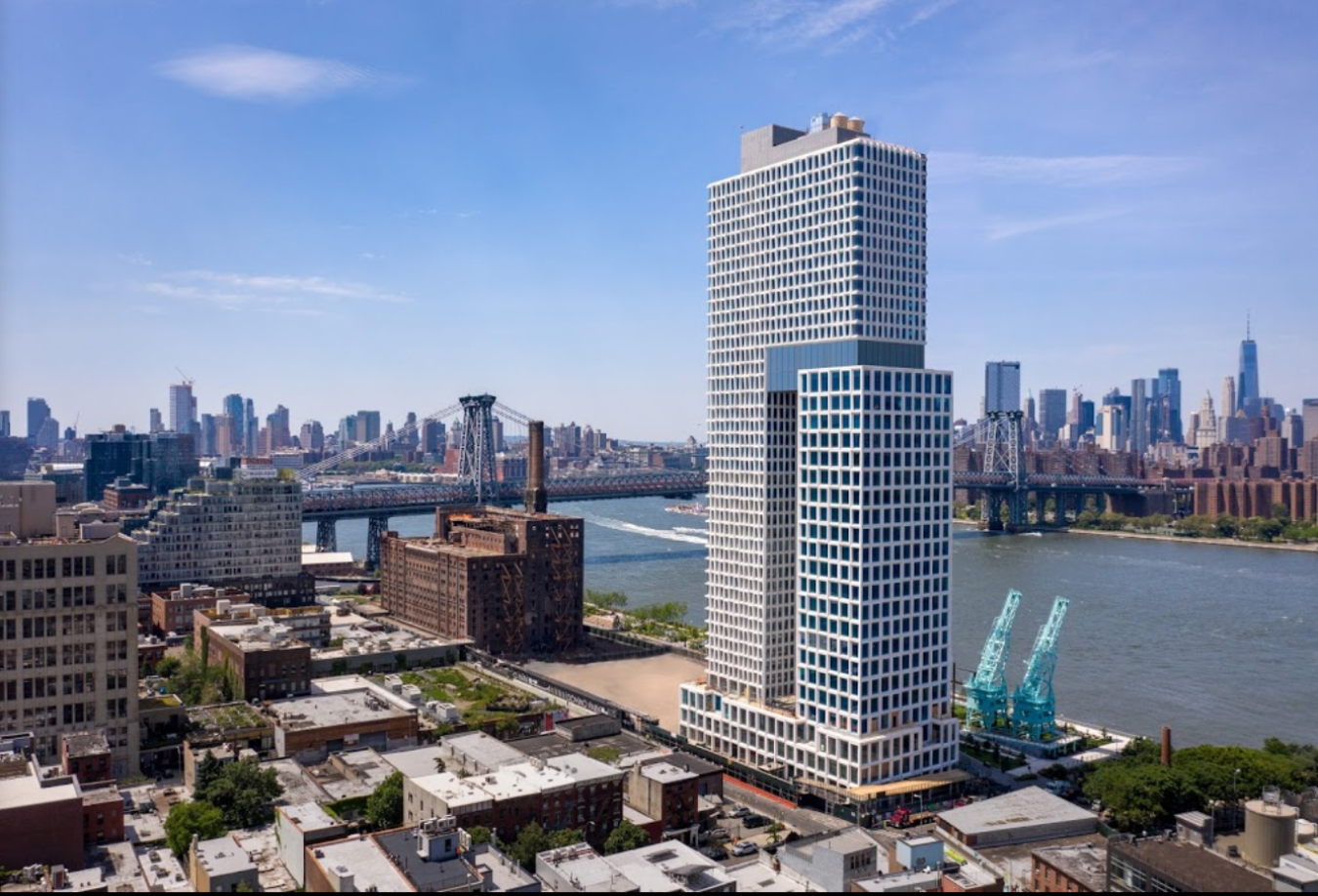

Lead Performer: Oak Ridge National Laboratory – Oak Ridge, TN
Partners:
-- Dupont – Midland, MI, and China
-- Dow Chemical – Midland, MI, and China
-- Precast Concrete Institute (PCI) – Chicago, IL
-- The University of Tennessee, Knoxville — Knoxville, TN
-- The University of Tennessee, Chattanooga — Chattanooga, TN
-- China State Construction Engineering Corporation – Beijing, China
Project Term: April 1, 2016 – March 31, 2021
PROJECT OBJECTIVE
The U.S.-China Clean Energy Research Center (CERC) for Building Energy Efficiency (BEE) is a pioneering research and development (R&D) consortium that brings together governments, key policymakers, researchers, and industry to develop a long-term platform for joint U.S.-China R&D. Under CERC BEE, researchers aim to advance prefabricated or industrialized construction because it provides a platform for optimal integration of energy-saving, building envelope technologies. The energy-saving features that can be integrated include insulation, air-sealing, high albedo exterior surfaces, exterior shading, and materials with lower embodied energy. Other benefits provided by prefabricated/industrialized buildings are waste reduction and shorter construction schedules.
The present project will develop licensable technologies for insulated precast concrete wall panels that will reduce the contribution from these walls to heating and cooling loads by about 40% when compared to current practice. These technologies include:
- High-performance concrete mix for 1.5 inch-thick wythes that allow doubling the amount of insulation without affecting the overall thickness of the wall panel. The concrete mix will also replace at least 20% of the Portland cement with materials that have a lower carbon footprint.
- Non-corroding inserts and connections for 1.5 inch-thick wythes. These non-corroding accessories are needed because the thinner wythes cannot provide adequate concrete coverage to protect commonly used steel inserts from corrosion.
- Primer-less, self-healing sealant that will increase the longevity of the airtight and watertight panel joints.
- 3D printed molds that can be assembled ~50% faster than traditional wood molds, and that can incorporate complex designs that provide shading from solar radiation.
PROJECT IMPACT
The insulated precast wall panels will lead to faster construction in the field, better quality control, and less construction waste. These panels are expected to save about 0.04 Quads of energy in the U.S. and about 0.32 Quads in China by 2030.
CONTACTS
DOE Technology Manager: Sven Mumme
Lead Performer: Diana Hun, Oak Ridge National Laboratory
